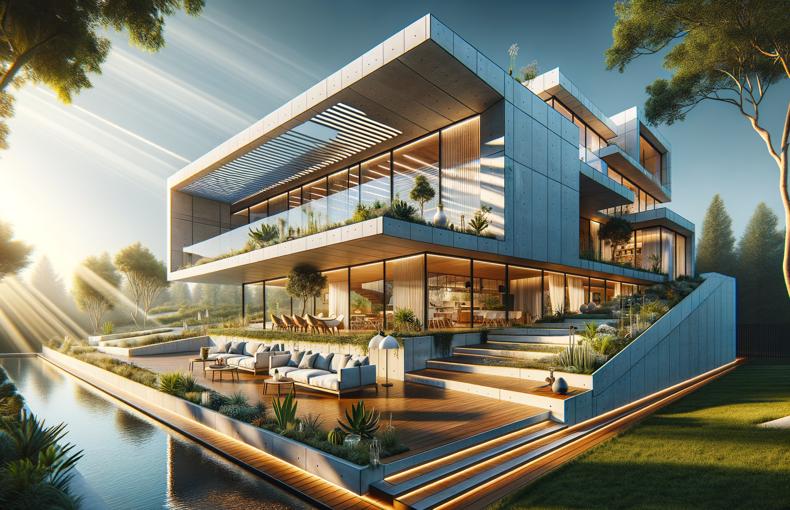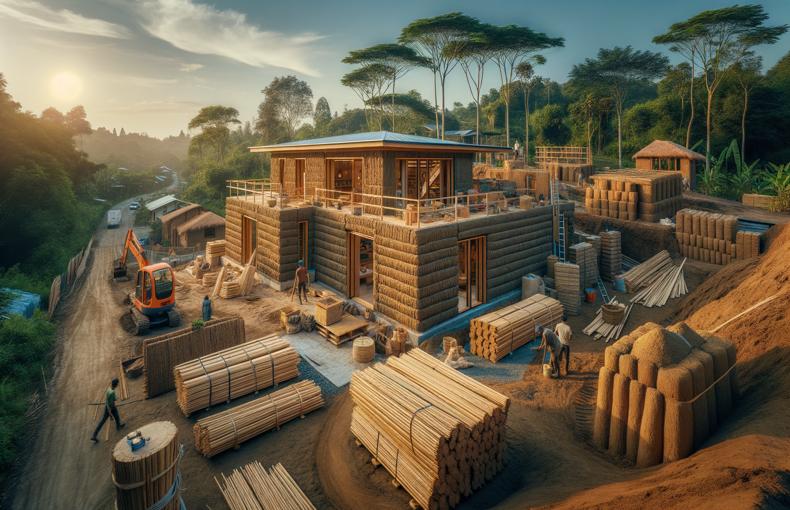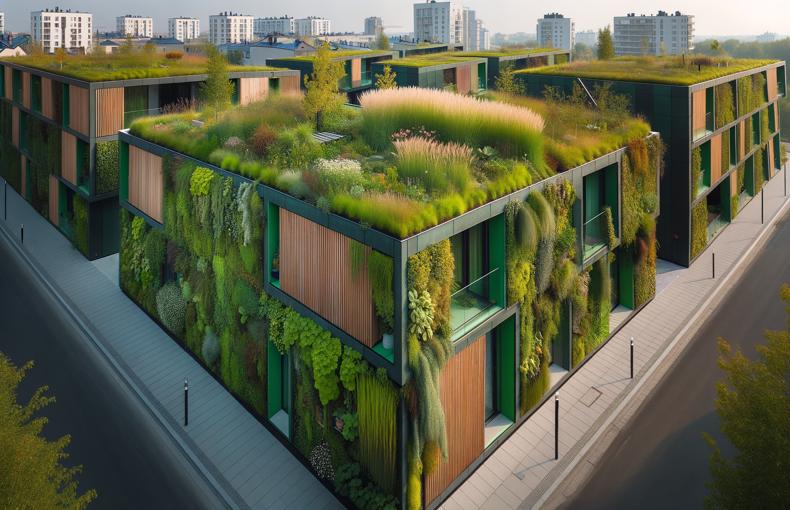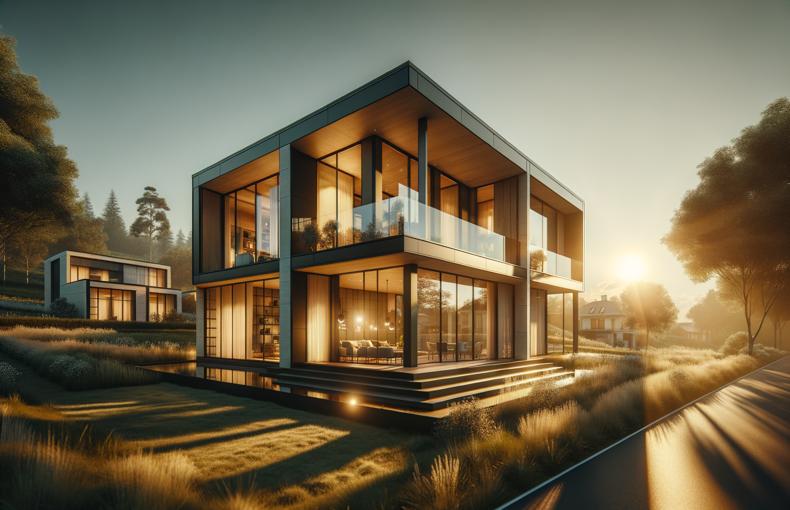Designing for the Future: Trends in Sustainable Home Building
As awareness about environmental impact grows, so does the interest in sustainable home building. Designing and constructing eco-friendly homes is not just a trend but a necessary evolution in the housing industry. This blog post explores the latest trends in sustainable home building, offering insights into how you can integrate these practices into your home design.
1. Energy-Efficient Home Designs
Energy efficiency is at the core of sustainable home building. Innovations in design and technology allow for significant reductions in energy consumption.
Key Features:
- Passive Solar Design: Homes are oriented and designed to maximize natural light and heat, reducing the need for artificial heating and lighting.
- High-Performance Windows: Double or triple-glazed windows with low-emissivity (Low-E) coatings help maintain indoor temperatures.
- Insulation: Advanced insulation materials in walls, roofs, and floors keep homes warmer in winter and cooler in summer.
2. Renewable Energy Integration
Incorporating renewable energy sources is a crucial aspect of sustainable home building.
- Solar Panels: Roof-mounted solar panels generate electricity from the sun, reducing reliance on fossil fuels.
- Wind Turbines: Suitable for areas with consistent wind patterns, small-scale wind turbines can complement solar energy.
- Geothermal Systems: These systems use the earth's natural heat to regulate indoor temperatures efficiently.
3. Sustainable Building Materials
Using sustainable materials minimizes environmental impact and supports eco-friendly practices.
Noteworthy Materials:
- Bamboo: Fast-growing and renewable, bamboo is an excellent alternative to traditional wood.
- Recycled Materials: Using materials like reclaimed wood, recycled metal, and recycled glass reduces waste and conserves resources.
- Rammed Earth: This ancient technique involves compacting natural earth to create sturdy, energy-efficient walls.
4. Water Conservation
Water conservation is another critical component of sustainable home building.
Effective Strategies:
- Rainwater Harvesting: Collecting and storing rainwater for non-potable uses like irrigation and flushing toilets.
- Low-Flow Fixtures: Installing low-flow showerheads, faucets, and toilets to reduce water usage.
- Greywater Systems: Recycling water from sinks, showers, and washing machines for use in landscaping and irrigation.
5. Smart Home Technology
Smart home technology enhances sustainability by optimizing energy and resource use.
Key Innovations:
- Smart Thermostats: These devices learn your habits and adjust heating and cooling to maximize efficiency.
- Home Automation Systems: Integrated systems control lighting, appliances, and security to reduce energy waste.
- Energy Monitoring: Real-time energy monitoring helps homeowners track and reduce their energy consumption.
6. Green Roofs and Walls
Green roofs and walls provide insulation, reduce urban heat island effects, and improve air quality.
Benefits:
- Temperature Regulation: Green roofs keep homes cooler in summer and warmer in winter.
- Stormwater Management: Vegetation absorbs rainwater, reducing runoff and mitigating flooding.
- Biodiversity: Green roofs and walls create habitats for birds, insects, and other wildlife.
7. Net-Zero Homes
Net-zero homes produce as much energy as they consume, resulting in a zero net energy balance.
Key Components:
- Energy-Efficient Design: Optimized insulation, windows, and appliances.
- Renewable Energy Sources: Solar panels, wind turbines, or geothermal systems.
- Energy Storage: Battery systems store excess energy generated during the day for use at night or during peak times.
8. Sustainable Landscaping
Eco-friendly landscaping practices contribute to the overall sustainability of a home.
Eco-Friendly Practices:
- Native Plants: Using local plants that require less water and maintenance.
- Xeriscaping: Landscaping that reduces or eliminates the need for irrigation.
- Permeable Paving: Materials that allow water to filter through, reducing runoff and erosion.
Conclusion
Sustainable home building is more than a trend; it's a movement toward a greener future. By integrating energy-efficient designs, renewable energy sources, sustainable materials, and smart technologies, homeowners can significantly reduce their environmental footprint. Whether you're building a new home or renovating an existing one, these sustainable practices can help you create a home that's not only environmentally friendly but also comfortable and cost-effective in the long run.
Further Resources:
- U.S. Green Building Council (USGBC): usgbc.org
- Energy Star for Homes: energystar.gov
- National Renewable Energy Laboratory (NREL): nrel.gov
Ready to build your sustainable dream home? Contact us today to learn more about incorporating these trends into your custom home design!
By following these trends, you can ensure that your home is prepared for the future while contributing to a healthier planet.












